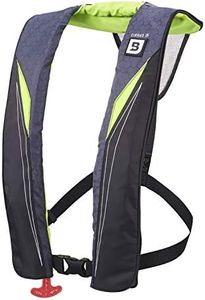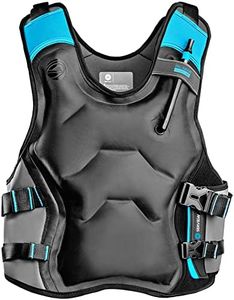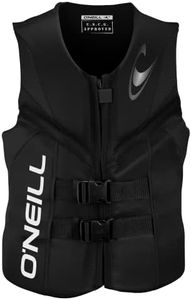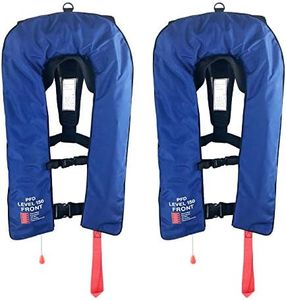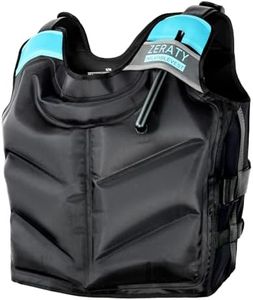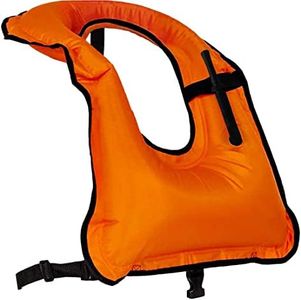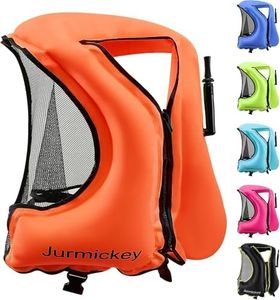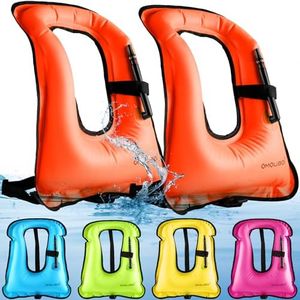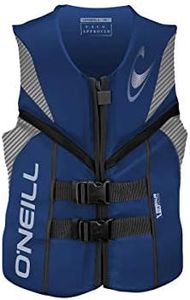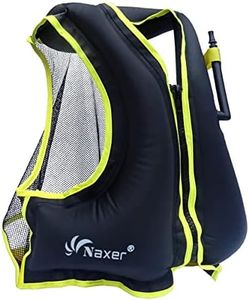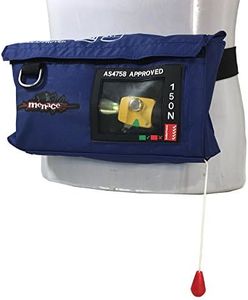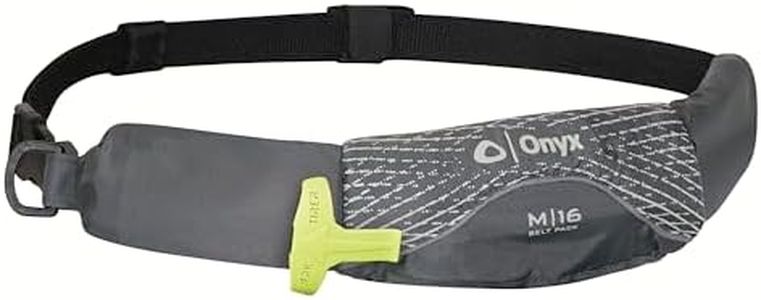We Use CookiesWe use cookies to enhance the security, performance,
functionality and for analytical and promotional activities. By continuing to browse this site you
are agreeing to our privacy policy
10 Best Inflatable Life Vests
From leading brands and best sellers available on the web.Buying Guide for the Best Inflatable Life Vests
Choosing an inflatable life vest is a crucial decision, especially for those who spend time on or near water, as these vests provide essential safety in case of emergencies. Inflatable life vests are popular because they are light, comfortable, and offer freedom of movement compared to traditional foam vests. To pick the best one for yourself, you need to understand the different features and specifications that impact safety, comfort, and usability. Knowing your activities, such as boating, fishing, or sailing, will help determine the best combination of these features for your use.Buoyancy RatingBuoyancy rating is a measure of how much flotation the vest provides to keep you above water. This is normally indicated in pounds or Newtons and directly impacts the vest’s ability to keep your head and body afloat. Vests with a lower buoyancy rating are suitable for calmer waters and users who are good swimmers, while higher ratings are necessary for offshore or rough waters, or for those who need extra support. When picking a life vest, consider your swimming ability, water conditions, and whether you’ll be wearing heavy clothing or gear, as these factors might require additional buoyancy.
Inflation MechanismThe inflation mechanism refers to how the vest fills with air: automatically (when submerged) or manually (by pulling a cord or blowing into a tube). Automatic vests provide immediate inflation upon water contact, suitable for unexpected accidents, making them ideal for non-swimmers or those likely to fall in unconscious. Manual vests only inflate when you activate them, giving more control and reducing unwanted inflation, preferred by experienced users or in situations where water spray is common. Your choice should reflect your confidence near water and the likelihood of falling in unexpectedly.
Fit and AdjustabilityFit and adjustability affect both comfort and effectiveness. Vests come with straps and buckles to accommodate different body sizes and shapes, ensuring a snug but comfortable fit. A well-fitting vest stays securely in place and doesn’t ride up or impede movement. For the best choice, consider your body size and try adjustable options to find a vest that you can wear for long periods without discomfort. Activities that require lots of movement, like fishing or paddling, benefit from designs that allow good mobility and flexibility.
Cover Material and DurabilityCover material determines the vest’s durability and lifespan, especially when exposed to sun, saltwater, and regular use. Common materials include nylon and polyester, with added coatings for UV and abrasion resistance. More durable materials last longer and better protect the inflation device inside, whereas lighter materials may be more comfortable but less rugged. Select material based on how often and intensely you will use the vest—frequent boaters or those in harsh environments should prioritize tough, long-lasting covers.
Visibility FeaturesVisibility features enhance your ability to be seen in the water, especially in low light or rough conditions. These include bright colors, reflective strips, and sometimes built-in whistles. Highly visible vests improve your safety by making it easier for rescuers to spot you. If you often boat or fish in busy, low visibility areas, or during dusk or dawn, prioritize vests with strong visibility aids.
Certifications and StandardsCertifications and standards prove that the vest meets certain safety requirements set by authorities like the Coast Guard or international agencies. A certified vest has been tested for flotation, durability, and reliability. Always look for these approvals to ensure the vest provides dependable protection. Depending on where you are or the activity you perform, specific certifications may be required, so consider your region's or sport's guidelines when selecting.
